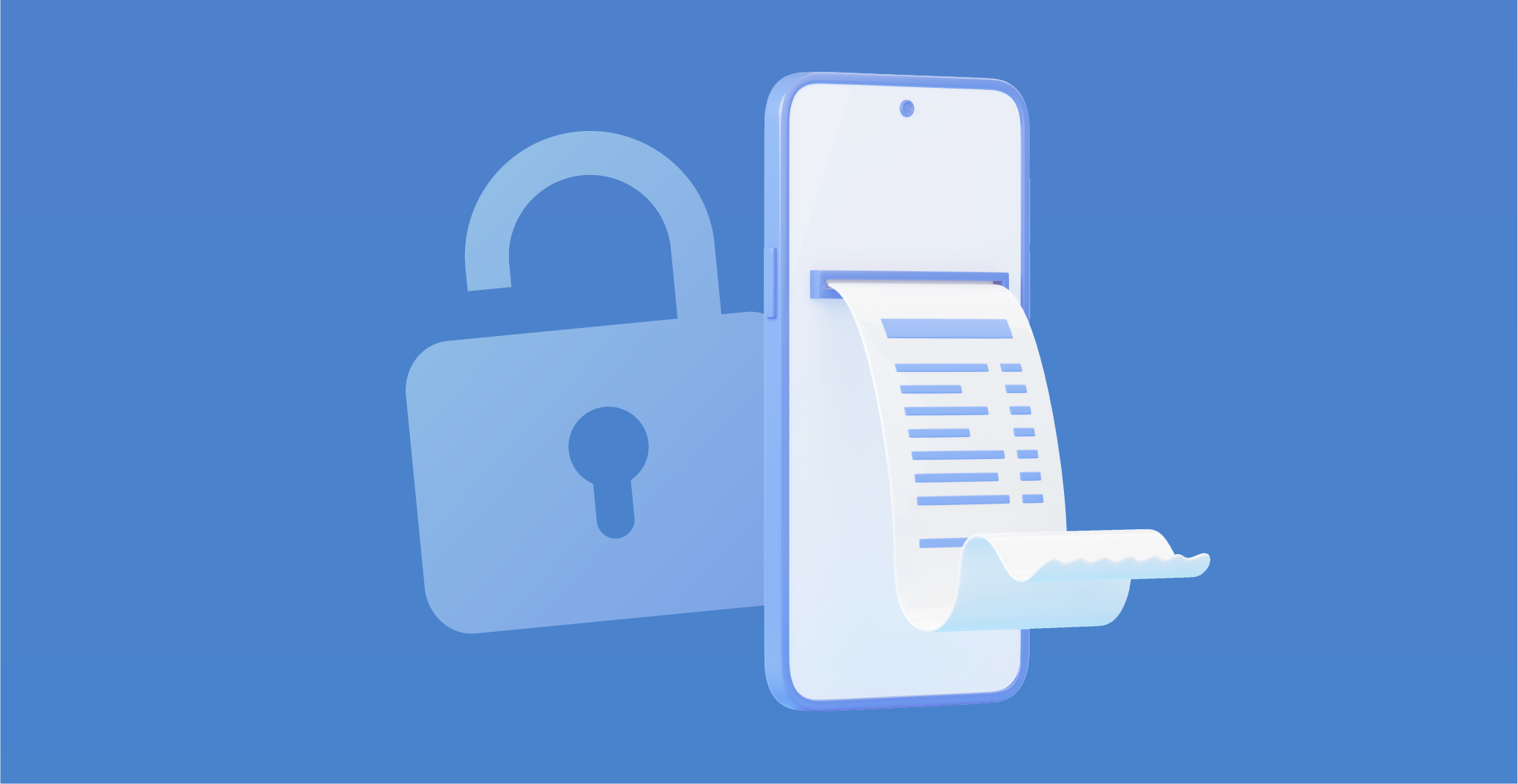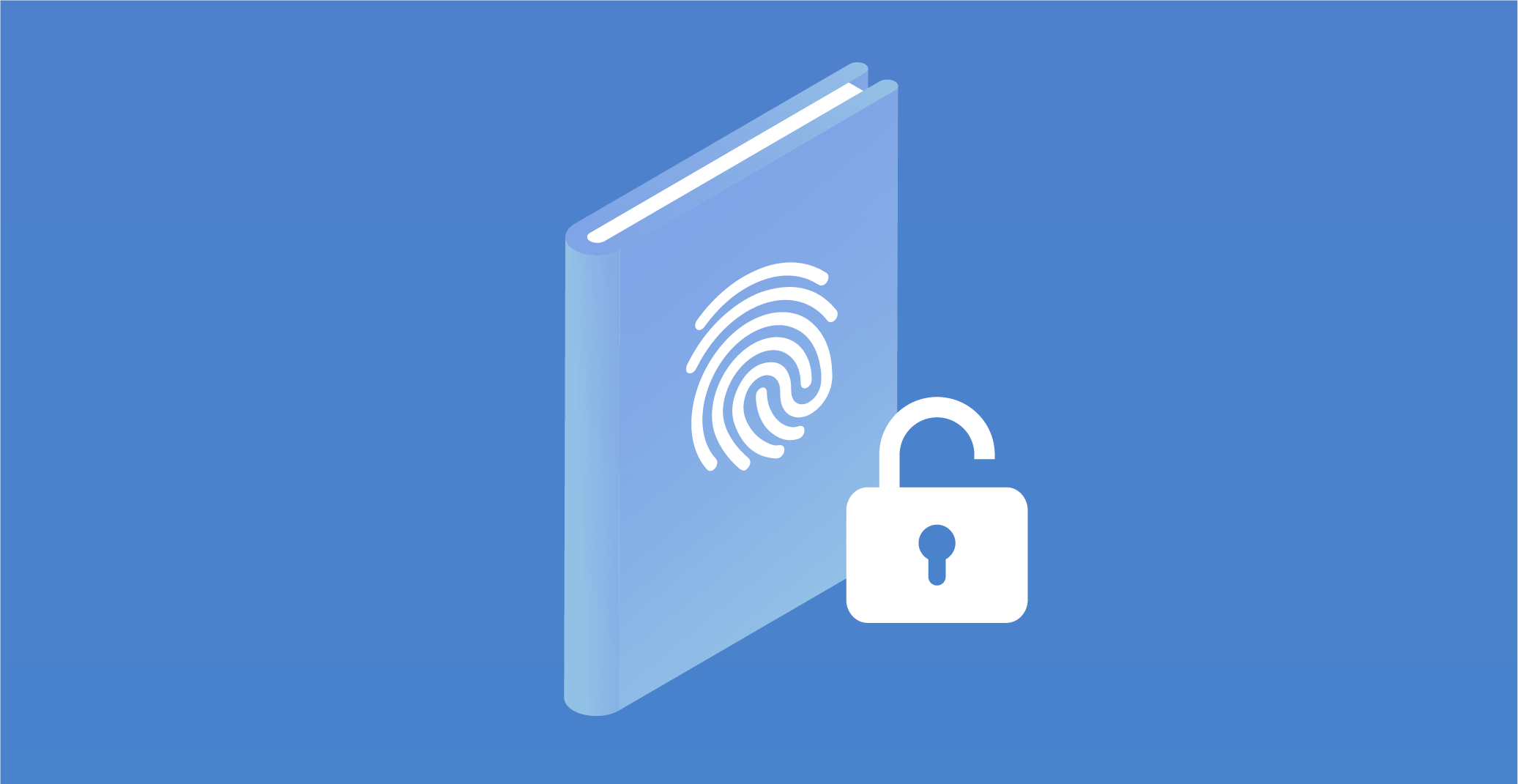
In the modern, fast-moving era, mobile banking has emerged as the go-to banking method for a vast majority. The allure of accessing your bank account from any location at any moment has indeed contributed to its widespread adoption. Yet, this ease of access is not without its drawbacks, primarily in the form of potential security breaches in mobile apps.
Mobile banking applications have turned into a hotspot for cybercriminals, incessantly seeking opportunities to exploit any weak points present in these apps. A security infringement in a mobile banking app can have catastrophic repercussions, affecting not only the individual user but also the banking institution at large.
In this article, we delve into the prevalent security threats that mobile banking apps are prone to, and the preventative measures that can be adopted to counteract these threats. But first, let's delve into the reasons behind the susceptibility of banking apps to such threats.
What makes banking apps prone to attacks?
The popularity of mobile banking apps among cybercriminals is hardly surprising. These apps harbor confidential data, including account details and personal identification information, which can be manipulated to siphon off funds or perpetrate identity fraud. Moreover, the extensive user base of these apps globally makes them a lucrative target for cyber assaults. While mobile banking apps offer a seamless user experience, they inadvertently create substantial security loopholes for both the users and the financial entities involved.
The security gaps in banking apps can facilitate unauthorized access to user accounts, data theft, and unauthorized fund transfers, among other issues. Cybercriminals might employ phishing schemes or other social engineering strategies to deceive users into disclosing confidential information or installing malware on their devices. Furthermore, these security lapses can tarnish the reputation of financial organizations. A data leak or other security incidents can diminish customer confidence and harm the brand's image. Several factors contribute to these risks, including:
Complexity. Contemporary banking apps are laden with a plethora of features aimed at enhancing user convenience. However, this complexity also escalates the difficulty in securing the apps, as each new feature potentially introduces new vulnerabilities.
Third-party integrations. A significant number of mobile banking apps depend on third-party code libraries and frameworks for functionalities like payment processing and data storage. These components, although handy, can pose security threats if not adequately scrutinized for vulnerabilities.
User conduct. Users can inadvertently augment the vulnerability of banking apps by opting for weak passwords, reusing passwords across various accounts, or neglecting timely security updates.
Indeed, these elements collectively render banking apps a lucrative target for attackers. Therefore, it is imperative for financial institutions to fortify their mobile apps to safeguard user data and assets. Having understood the vulnerabilities, let's now explore the specific threats that mobile apps are exposed to.
Identifying common vulnerabilities in banking apps
Cybercriminals are perpetually scouting for weaknesses in these apps to exploit and gain unauthorized access to user accounts. Despite the security protocols in place to shield user data, here are some prevalent vulnerabilities that could undermine mobile banking security:
Inadequate data protection. Mobile banking apps sometimes store sensitive details like user credentials and transaction histories on the device itself. If not encrypted or securely stored, this data can be an easy target for attackers.
Interception attacks. Man-in-the-middle (MITM) attacks happen when a hacker intercepts the communication between the user's device and the app's server, allowing them to view and alter the transmitted data, including login details and financial transactions.
Weak authentication protocols. Insufficient authentication methods, such as basic passwords or lack of multi-factor authentication, can facilitate easy access to user accounts for attackers. Hence, robust lockout systems, along with multi-factor authentication, should be implemented to prevent brute-force attacks.
Service sharing. Mobile banking apps sometimes share services with other apps on a device, creating potential security risks if those apps are susceptible to attacks.
Flawed encryption techniques. Encryption is vital for safeguarding sensitive data. However, if a banking app employs weak or improperly implemented encryption algorithms, it can be easily bypassed by attackers. Code Manipulation Attackers might alter the app's code by adding or modifying malicious code, enabling them to access confidential data or seize control of the app.
Exploiting app vulnerabilities. Attackers might exploit vulnerabilities in the app itself, arising from insecure coding practices or outdated software components. A notable instance is the 2016 incident where hackers siphoned off $81 million from the Bangladesh Central Bank by exploiting a flaw in the SWIFT payment system utilized by the bank.
These vulnerabilities can severely compromise mobile banking security, potentially leading to financial losses and identity theft. Hence, it is vital for app developers to establish stringent security protocols.
How to fortify your mobile banking apps?
To guarantee the integrity of mobile banking apps, it is essential to adopt potent security strategies. In this segment, we will outline some of the most effective security protocols to shield against common app vulnerabilities:
Data encryption. Encrypting data is a potent security strategy that renders the data unintelligible to those without the decryption key, thereby thwarting attempts to misuse encrypted sensitive data.
Multi-factor authentication (MFA). MFA necessitates users to furnish multiple forms of verification before accessing their accounts, adding an additional security layer to mobile banking apps.
Application strengthening. Application strengthening involves altering the app's code to hinder reverse engineering attempts. This includes code obfuscation, data encryption, and incorporating anti-tampering mechanisms, making it challenging for attackers to retrieve sensitive data or alter the app.
Frequent updates. Regular updates to mobile banking apps are essential to address any existing security gaps. These updates often encompass bug resolutions and security enhancements, urging users to keep their apps updated to fend off emerging threats.
It is vital for top-tier management to recognize the significance of implementing robust security protocols in mobile banking apps. This not only safeguards customer data but also preserves the brand's reputation. A data breach can incur substantial financial and reputational losses. Hence, utilizing platforms like GuardRails can facilitate easier vulnerability detection and rectification, streamlining the process for both security and development teams.
Conclusion
While mobile banking apps have transformed financial management, they have introduced significant security concerns. Given the growing reliance on mobile apps for banking transactions, safeguarding mobile banking security is paramount to prevent financial and reputational damage. It is incumbent upon both individuals and organizations to comprehend the risks and adopt necessary precautions against potential threats. Banks and financial institutions must establish robust security protocols to protect customer data and finances. We have highlighted some prevalent banking app vulnerabilities and potential mitigation strategies. Regular security assessments, staff training, and customer awareness are crucial to maintaining a resilient mobile banking security stance. By adopting these strategies, banks can substantially diminish the risk of cyber-attacks, safeguarding customer assets and data, and ensuring that the convenience of mobile banking does not compromise security.
















